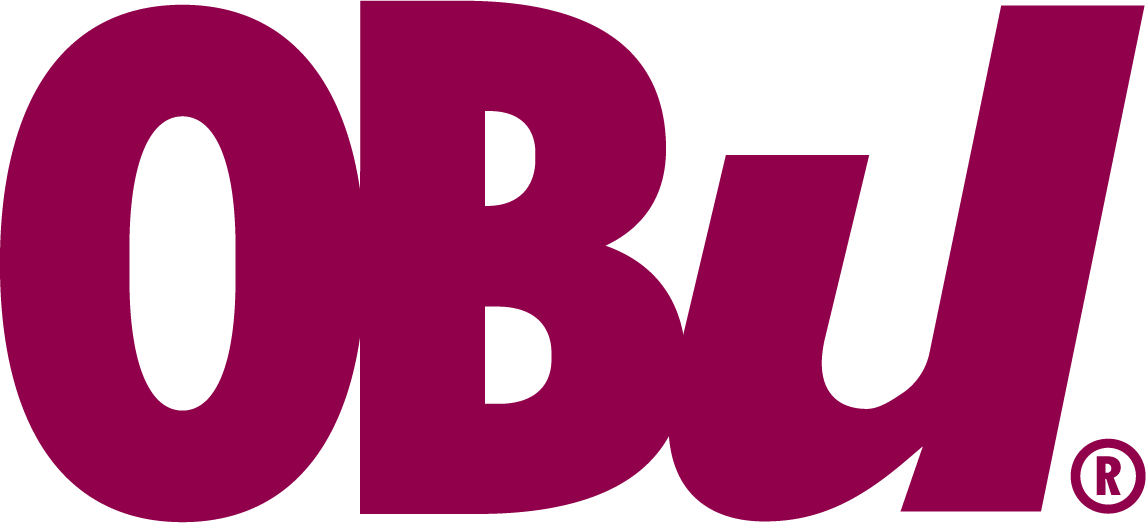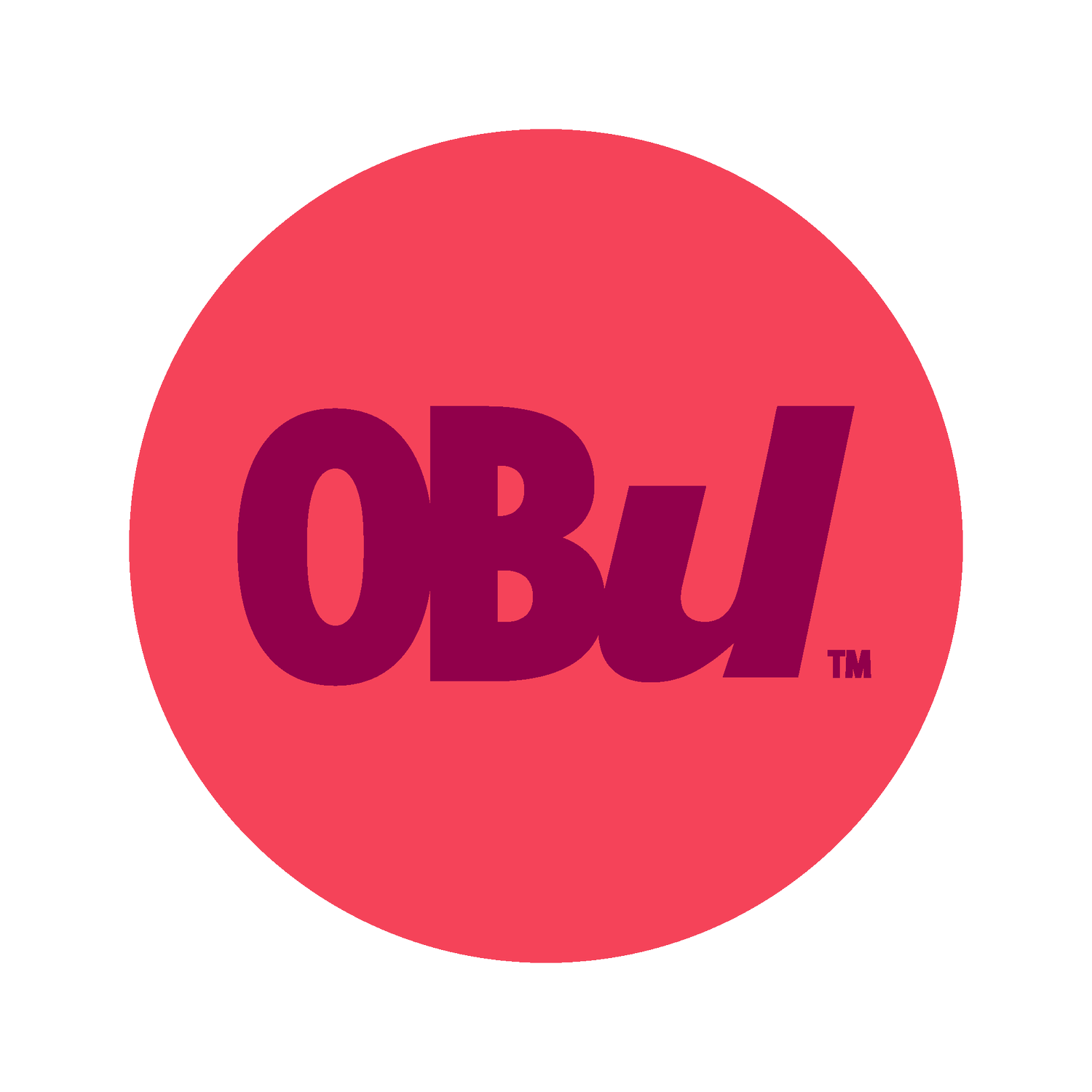What do you do when the odds are stacked against you?
This blog went live before our February 2023 re-brand, so you might notice it mentions our previous brand name, we are radikl. We’re still the same team, on the same mission – and if you’d like to find out more about why, and how, we became Obu, you can read the whole story here. Back to the blog…
Whether it’s due to race, gender, disability or sexual orientation, for centuries people have been made to feel ‘less than’ – excluded and disadvantaged because the system doesn’t see them. Or worse still, sees them but chooses to ignore them.
Fortunately for us all, when the odds are pushing us back, there are disruptors who push forward. People like Laura Johnson and Zoe Proctor, co-Founders of Zebedee (check out our Podcast interview with Laura here) or Clare and Christina Kimeze, co-Founders of Kimeze. Or from the history books, Rosa Parks or Emmeline Pankhurst. Every one of these trailblazers has challenged or are challenging the odds to bring about positive change. Not just for those experiencing inequality, but for us all.
Inclusion isn’t a nice-to-have, it’s imperative as a mechanism for economies and societies to move forward.
Image Credit: Kimeze. Borne out of frustration that most eyewear is made for Caucasian facial features and that nowhere was designing frames for them, sisters Clare and Christina created Kimeze, to cater to a broader range of faces. Their purpose is to create choice through delivering the quality and craftsmanship their customers deserve, continually innovating with those customers at the centre of their design process.
At its core, this is what the #overbeingunderfunded campaign is all about. Stepping up and disrupting the inequalities we see in entrepreneurship and investment, for the good of every growing business. For the good of society, our economy and to be part of a global conversation on equality.
In just 16 weeks, the #OBUF campaign has achieved so much (check out our blog Nothing’s gonna stop us now for all the details). On 20th July we had national, prime-time coverage on ITV News, during which we heard the Treasury’s official statement in response to the campaign.
So what now? What happens next?
We’re delighted to now be in conversation with the Department for Business, Energy and Industrial Strategy (BEIS) and the Treasury and, given this is a campaign we’ve shared with you from the start, we wanted to share our response to their statement.
We’ve also received other questions during the campaign and given there’s a theme to these questions, we thought we’d take the opportunity to share them and our responses here too.
We’d love to know your thoughts and as ever - if you can help us to amplify the message and create meaningful change, please drop us a line.
EIS is a generous scheme.
We agree. And yes, EIS is available to entrepreneurs who miss their SEIS deadline or who want to do further investment rounds. But the tax incentives on EIS aren’t as generous as on SEIS. So if I miss my SEIS deadline (because of the invisible barriers associated with my gender, race or ethnicity) it’s going to be harder for me to find investment through EIS because the stage my business is at requires the additional incentive SEIS provides. Two years doesn’t equate to the same amount of time to work on your business for all entrepreneurs. And not all entrepreneurs face the same challenges during those two years. Gender plays a significant role in your ability to hit the deadline - not because you’re a less good entrepreneur but because of the invisible barriers and bias (& let’s call it as it is - sexism) you experience.
What are the invisible barriers experienced by women entrepreneurs in regard to awareness of and accessibility to Investment?
It’s said that time is our greatest commodity. And when you’re building a business this couldn’t be more true. The early, messy years are time-consuming AND if you’re a woman entrepreneur it’s likely that you will have other experiences (because of your gender) which consume your time:
Because of the UK’s male-dominated entrepreneurial culture, women have less awareness of funding opportunities and are therefore less likely to know SEIS exists. There’s a knowledge and confidence gap to close before women can even begin to get their businesses investment-ready. This activity takes time.
For the same reason, women are less likely to know an investor, or have an investor network. Building that network inevitably takes time. And it takes even more time if you don’t look or sound like the entrepreneurs that investor community is used to hearing or seeing.
As women we’re more likely to have additional interrogation of our investment plans – and more likely to be asked to do additional work to validate our plans because we’re seen as less credible. Further drains on our time. The investment clock is ticking.
Women today still provide a disproportionate amount of childcare and unpaid labour – something only exacerbated by the pandemic. This consumes time.
On top of this, as women we’re more likely to get a ‘no’ from an investor. In fact, the woman CEO of Canva (a company now worth $15 billion) got rejected by 100 VCs before finding funding. Speaking to so many investors before we hear that final ‘yes’ takes – you guessed it – a whole lot more time.
So when we’re asked why a longer SEIS deadline will make a difference, we’re absolutely clear. Women entrepreneurs need time, and we’re desperately short of it. Two years for us looks very different to two years for you.
But simply extending the deadline won’t mean more women apply for funding.
We agree. That’s why we’re asking for Peer Network funding to be redirected. At the moment you can only access this support if you have 5 or more employees & have hit a minimum revenue threshold. Globally, awareness of and access to funding is cited as the number 1 barrier to growth experienced by women entrepreneurs. We need to put this know-how in the hands of women entrepreneurs much earlier in their start-up journey (before they achieve these criteria) so that investment can be considered as part of their growth strategy much earlier. Redesigning some of the barriers associated with Peer Network funding would mean this knowledge and confidence gap could be closed.
Why now?
During the pandemic, we saw an increase in the number of women starting their own businesses - up from 1 in 8 to 1 in 5.
Imagine the opportunity we have to support those entrepreneurs who’ve started their businesses in the last 18 months. Extending the SEIS deadline now would give them a further 12 months to 1) consider investment as part of their growth strategy 2) build a business that’s investment-ready 3) develop a network of potential investors who’ll understand them and their businesses.
The two year deadline isn’t where the issue is. The issue is with the angels and VCs who aren’t investing in women.
Yes and no. We agree, there’s work to be done in creating culture change with angels and VCs, but there’s no silver bullet that’s going to solve this problem. We need an integrated approach running right through government policy, investor strategy and education programmes. Simply saying ‘the problem isn’t mine, it’s yours’ will fix nothing.
Why apply the extension to women and men? Won’t that just make things better for men and not women?
We wanted to be inclusive. We felt that applying the change to everyone would make it an easier change to have approved. And we knew that it would have economic benefit on the back of the pandemic.
But we get the concern. And we would be supportive of the change only being applied to women investors.
In addition, one of the things we’re asking for as part of the #overbeingunderfunded campaign is gender, race and ethnicity reporting, so there’s real transparency around who’s benefitting from the SEIS scheme. Being able to see who’s applying for – and getting – investment through the scheme would help us, and the government, make sure a more diverse pool of entrepreneurs get this support.
Introducing gender, race and ethnicity sounds straight-forward but would probably involve systems changes.
How do we get on that IT project list?! The need to evolve an IT system can’t be a good enough reason to overlook the inequality running rife in the UK’s entrepreneurial ecosystem. It just can’t be (and we say that with a deep understanding of the complexity of IT projects but we can’t allow an IT project to get in the way of gender equality).
Standing still isn’t an option for entrepreneurs. When we stand still we risk our brand, our products or our services becoming redundant. And this need for evolution should also therefore be true for the policies, and systems, that have been created to support entrepreneurial growth.
You can’t make people provide gender data.
No you can’t, but you can ask the question - much like the Future Fund has done. And the more light we can shed on who’s benefiting from support schemes like SEIS, the more effectively we – and the government – can give diverse entrepreneurs and investors the support they need to do really incredible things. Not just for themselves, but for the entire economy.
We launched the #overbeingunderfunded campaign so that we could raise awareness of gender inequality (and its many intersections). We’re excited and grateful to have received a response from HM Treasury. And we’re hopeful of moving this dialogue forward so that we can create meaningful change, soon.
As women, our gender doesn’t make us worse entrepreneurs or worse investors. Our gender simply means that the system has been designed without us in mind. And in 2021, that’s just not good enough.
To keep up to date with our latest news and hear about opportunities to become a tester on our new platform, sign up to our newsletter here.




